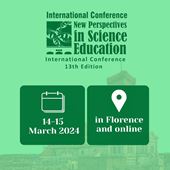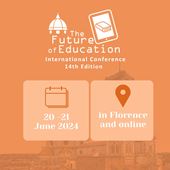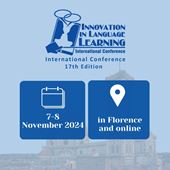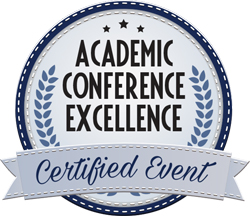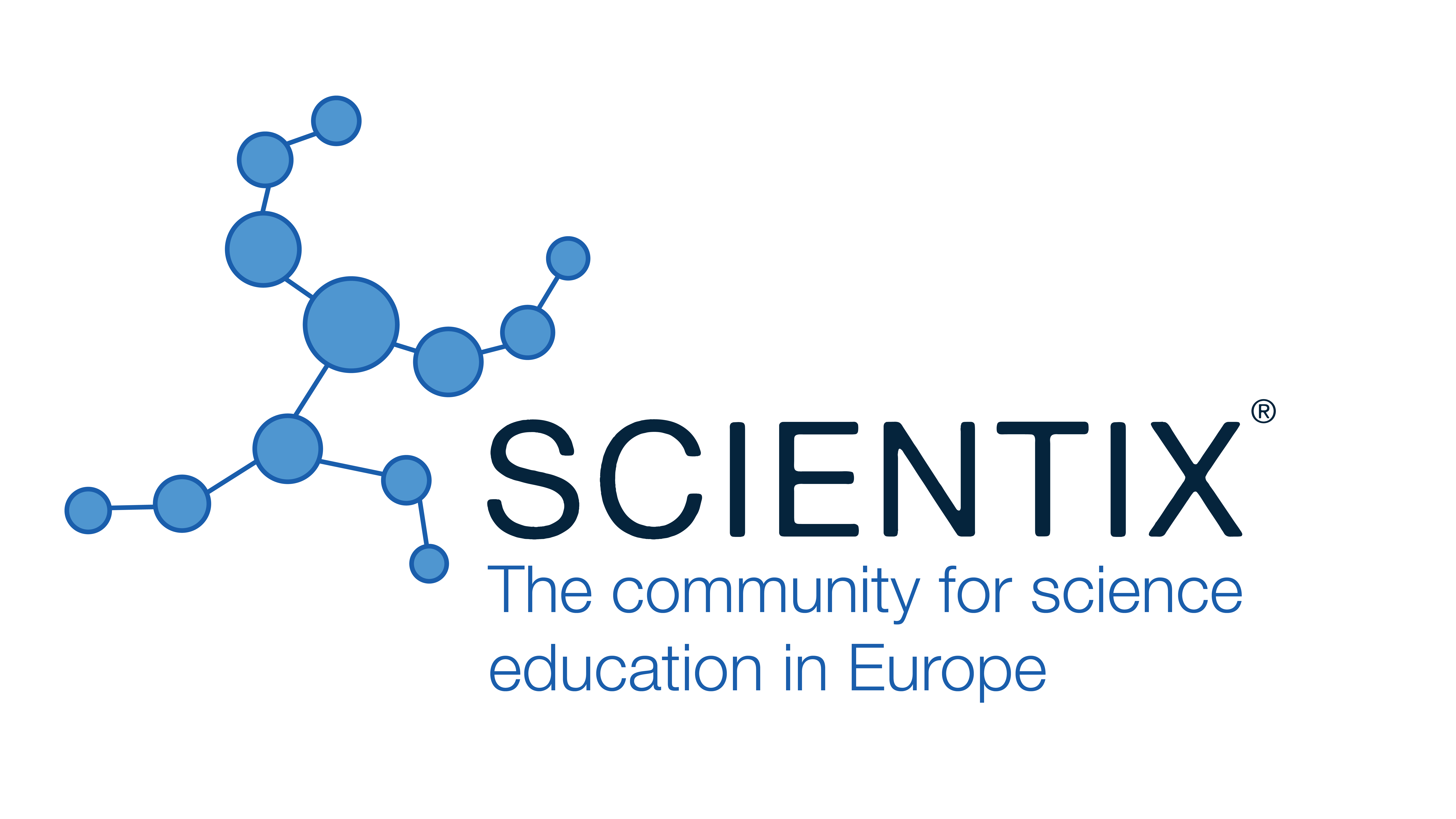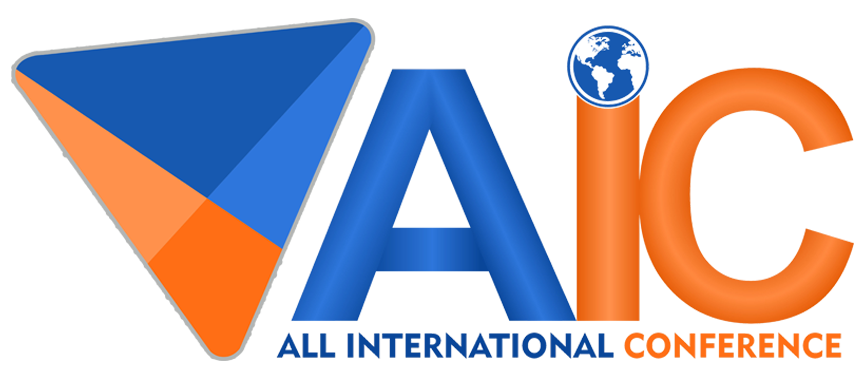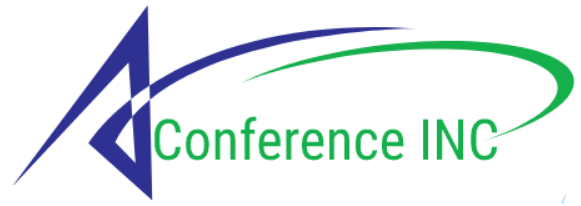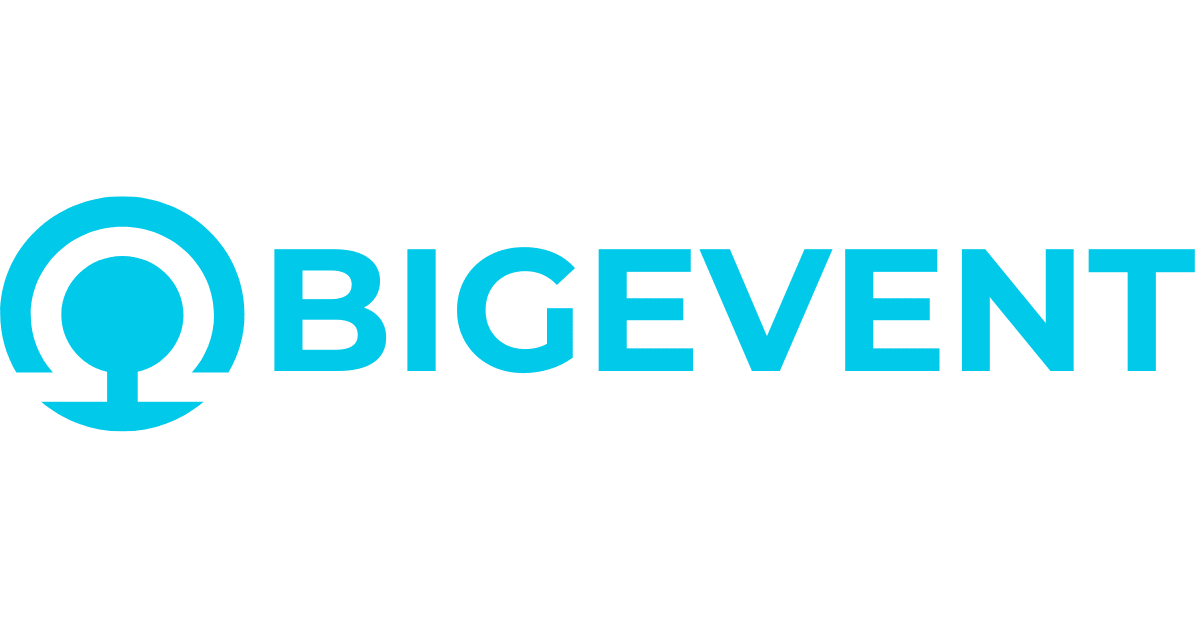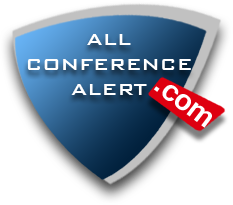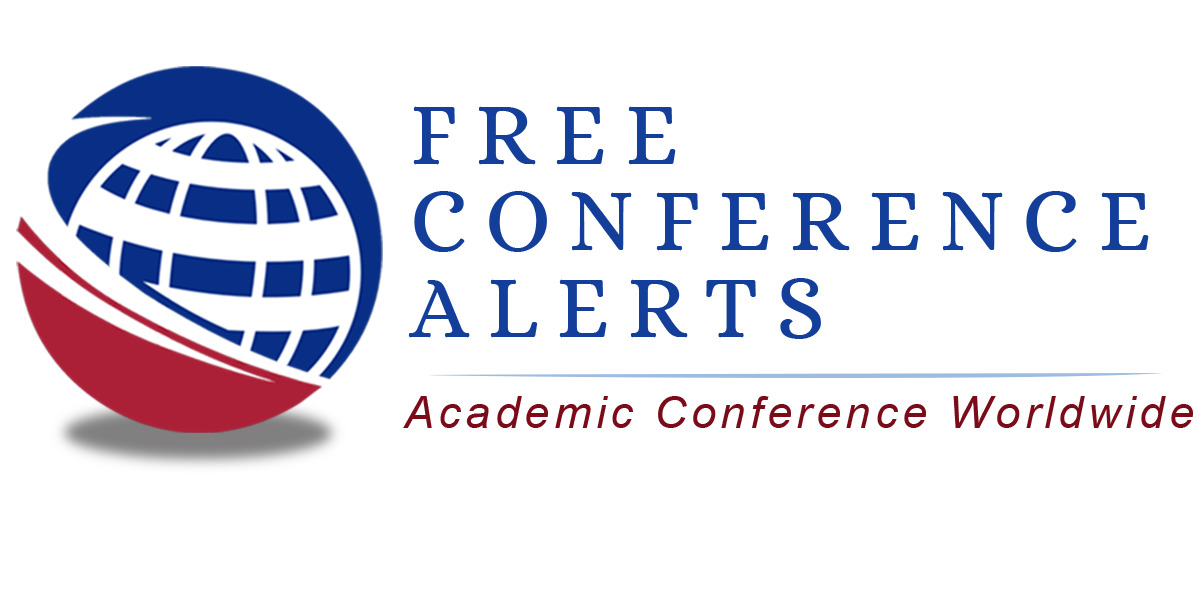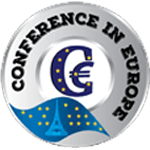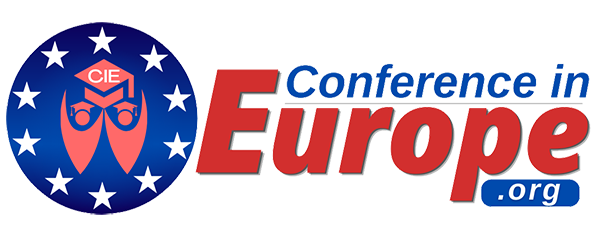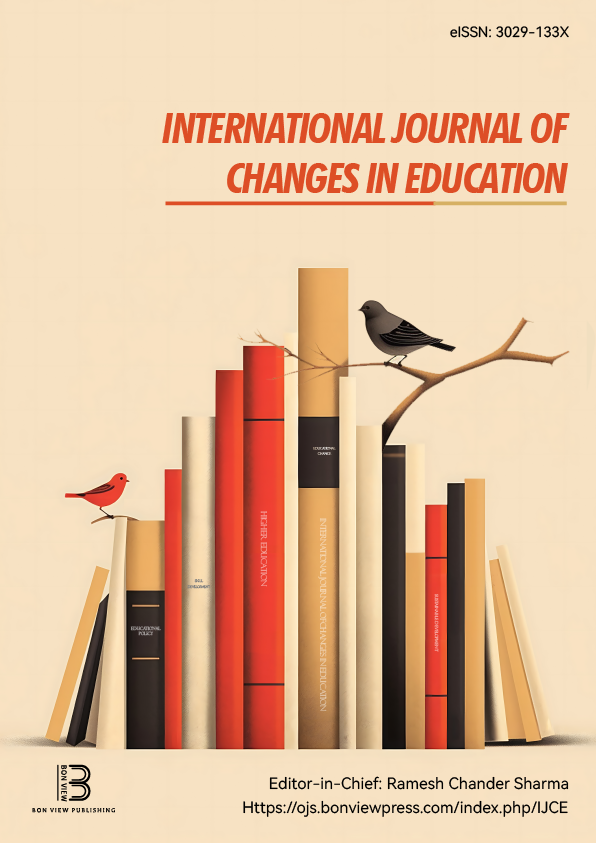Integrating Cybersecurity, AI, and IoT in STEM Curricula: A Framework for Future-Ready Education
Olakunle Ajala, Indiana Wesleyan University (United States)
Daniel Alabi Soladoye, Obafemi Awolowo University, Ile-Ife (Nigeria)
Abstract
The evolving technology has reshaped industry settings making Cybersecurity, AI, and IoT align with industries' demands. Industries possess security threats making security education more essential, and IoT has revolutionized industries in which STEM student needs these skills to be future-ready. Integrating cybersecurity, AI, Internet of Things (IoT) into STEM education is crucial for preparing future leaders and professionals. This framework is to introduce cybersecurity principles, Artificial intelligence, and IoT applications into the STEM curriculum to enhance student hands-on learning, real-world case studies, and project-based assessments, also this framework not only aims to equip students with the necessary competencies to navigate and secure interconnected digital environment but in addition, prepares student with the necessary skill set they need to navigate through real life digital landscape. Furthermore, the framework helps students develop a firsthand mindset in the security field also highlights the opportunities possessed by artificial intelligence, smart technologies, and other evolving technologies. These studies discussed the best practices STEM students need, challenges they might face, and implementation strategies. The research also emphasized the need for interdisciplinary collaboration among educators (Teachers and Lectures), industry experts, and policymakers. The proposed model aligns with the evolving Technology relating to Cybersecurity, AI, and IoT and expected demands in the global digital landscape, to ensure that STEM graduates are well-equipped with the necessary skills and prepare for future careers and challenges in the cybersecurity landscape, Artificial intelligence (AI), IoT, and emerging technologies.
|
Keywords |
STEM Education, Cybersecurity, Internet of Things (IoT), Digital Literacy, Future-Ready Workforce, Hands-On Learning, Emerging Technologies |
|
REFERENCES |
[1] M. Abomhara and G. M. Køien, “Cyber security and the internet of things: Vulnerabilities, threats, intruders and attacks,” Journal of Cyber Security and Mobility, vol. 4, no. 1, pp. 65–88, Jan. 2015, doi: 10.13052/jcsm2245-1439.414. [2] Y. N. Imamverdiyev and F. J. Abdullayeva, “Deep learning in cybersecurity: Challenges and approaches,” International Journal of Cyber Warfare and Terrorism, vol. 10, no. 2, pp. 82–105, Apr. 2020, doi: 10.4018/IJCWT.2020040105. [3] N. Jayachandran, A. Abdrabou, N. Yamane, and A. Al-Dulaimi, “A Platform for Integrating Internet of Things, Machine Learning, and Big Data Practicum in Electrical Engineering Curricula,” Computers, vol. 13, no. 8, Aug. 2024, doi: 10.3390/computers13080198. [4] A. Triplett and A. Spencer, “Cyber Science Education within STEM,” Cybersecurity and Innovative Technology Journal, vol. 2, no. 2, pp. 67–78, 2024, doi: 10.52889/citj.v2i2.330. [5] I. on Computational Literacy and C. on STEM Education, “BUILDING COMPUTATIONAL LITERACY THROUGH STEM EDUCATION: A GUIDE FOR FEDERAL AGENCIES AND STAKEHOLDERS A Report by the COMPUTATIONAL LITERACY INTERAGENCY WORKING GROUP FEDERAL COORDINATION IN STEM EDUCATION SUBCOMMITTEE COMMITTEE ON STEM EDUCATION of the NATIONAL SCIENCE AND TECHNOLOGY COUNCIL,” 2023. [Online]. Available: https://www.whitehouse.gov/ostp/nstc. [6] X. Mountrouidou et al., “Securing the human: A review of literature on broadening diversity in cybersecurity education,” in Annual Conference on Innovation and Technology in Computer Science Education, ITiCSE, Association for Computing Machinery, Dec. 2019, pp. 157–176. doi: 10.1145/3344429.3372507. [7] A. Fong, A. Gupta, S. Carr, S. Bhattacharjee, and M. Harnar, “Modular experiential learning for secure, safe, and reliable AI: Curricular Initiative to Promote Education in Trustworthy AI,” in SIGITE 2022 - Proceedings of the 23rd Annual Conference on Information Technology Education, Association for Computing Machinery, Inc, Sep. 2022, pp. 9–15. doi: 10.1145/3537674.3554756. [8] P. Wagner, “CyberEducation-By-DesignTM: Developing A Framework for CyberEducation-By-DesignTM: Developing A Framework for Cybersecurity Education at Secondary Education Institutions in Cybersecurity Education at Secondary Education Institutions in Arizona Arizona.” [Online]. Available: https://scholar.dsu.edu/theses |
 New Perspectives in Science Education
New Perspectives in Science Education
